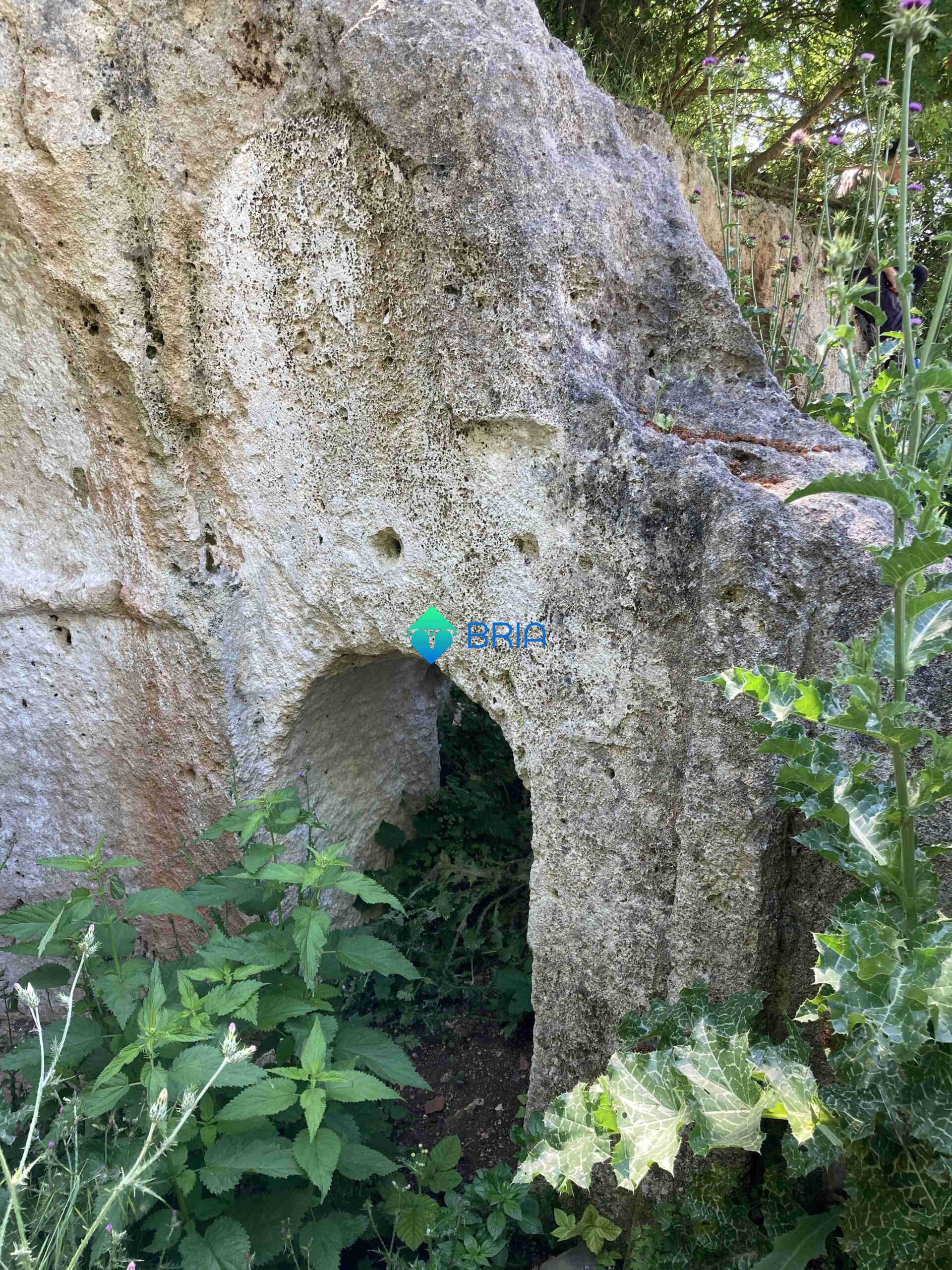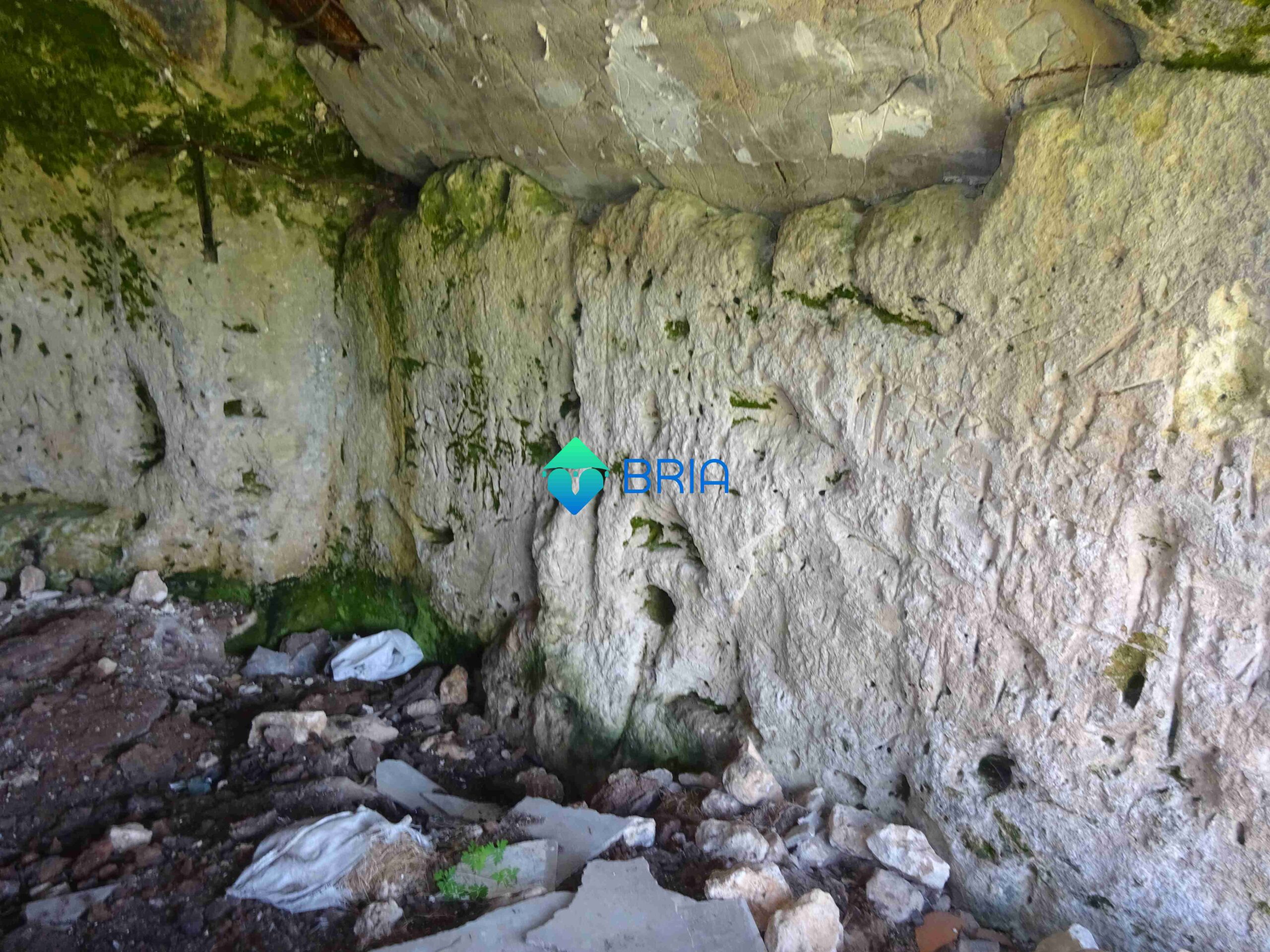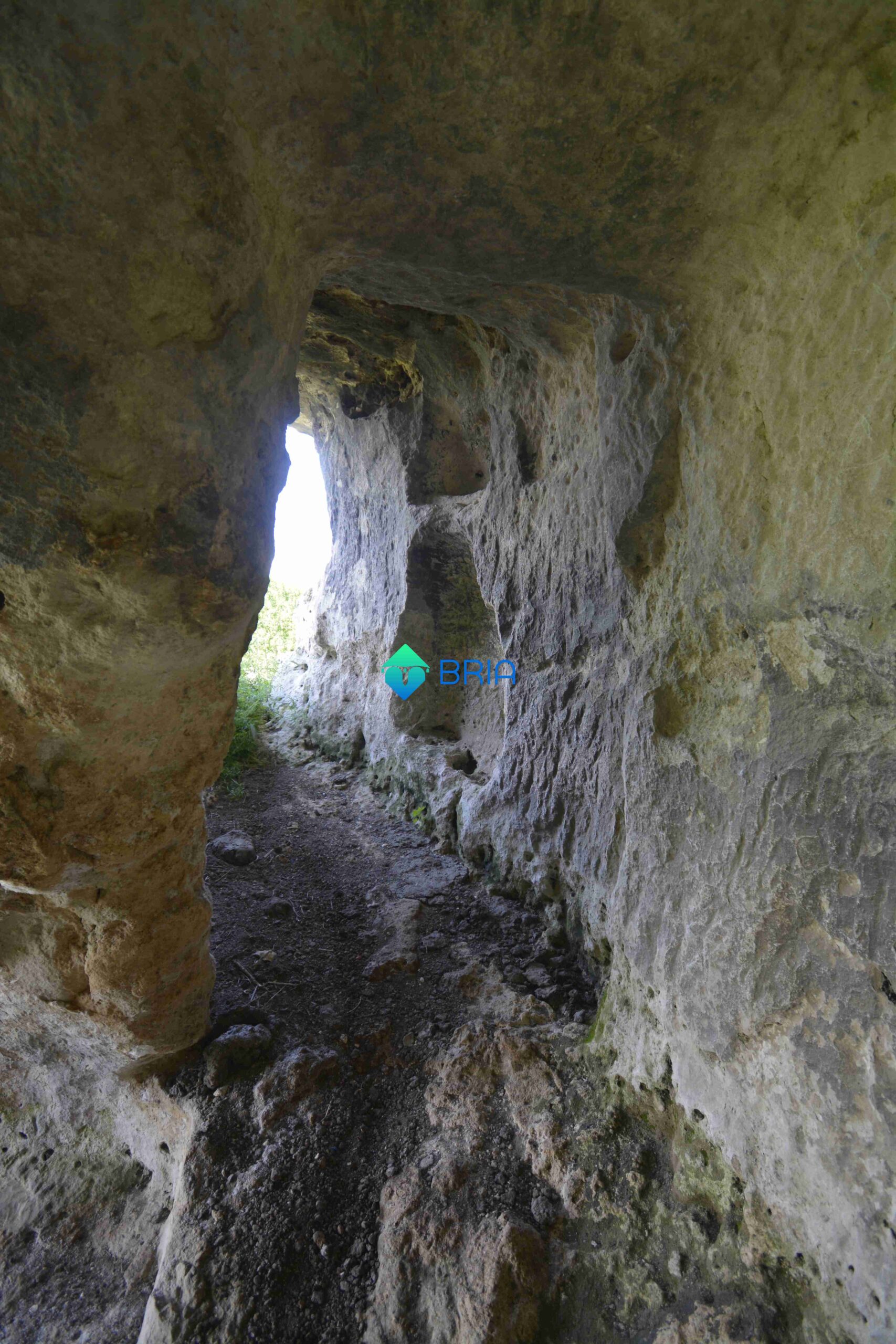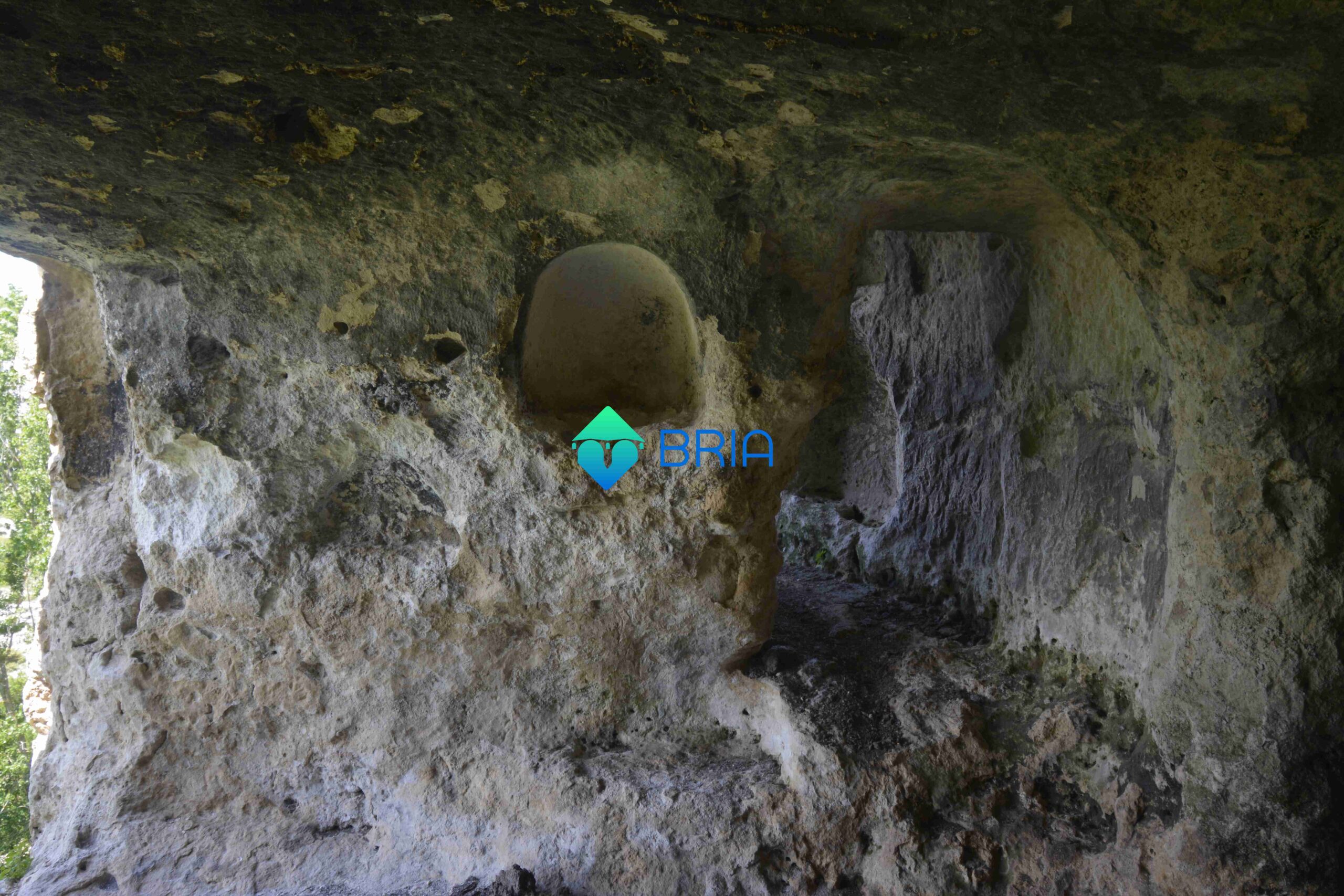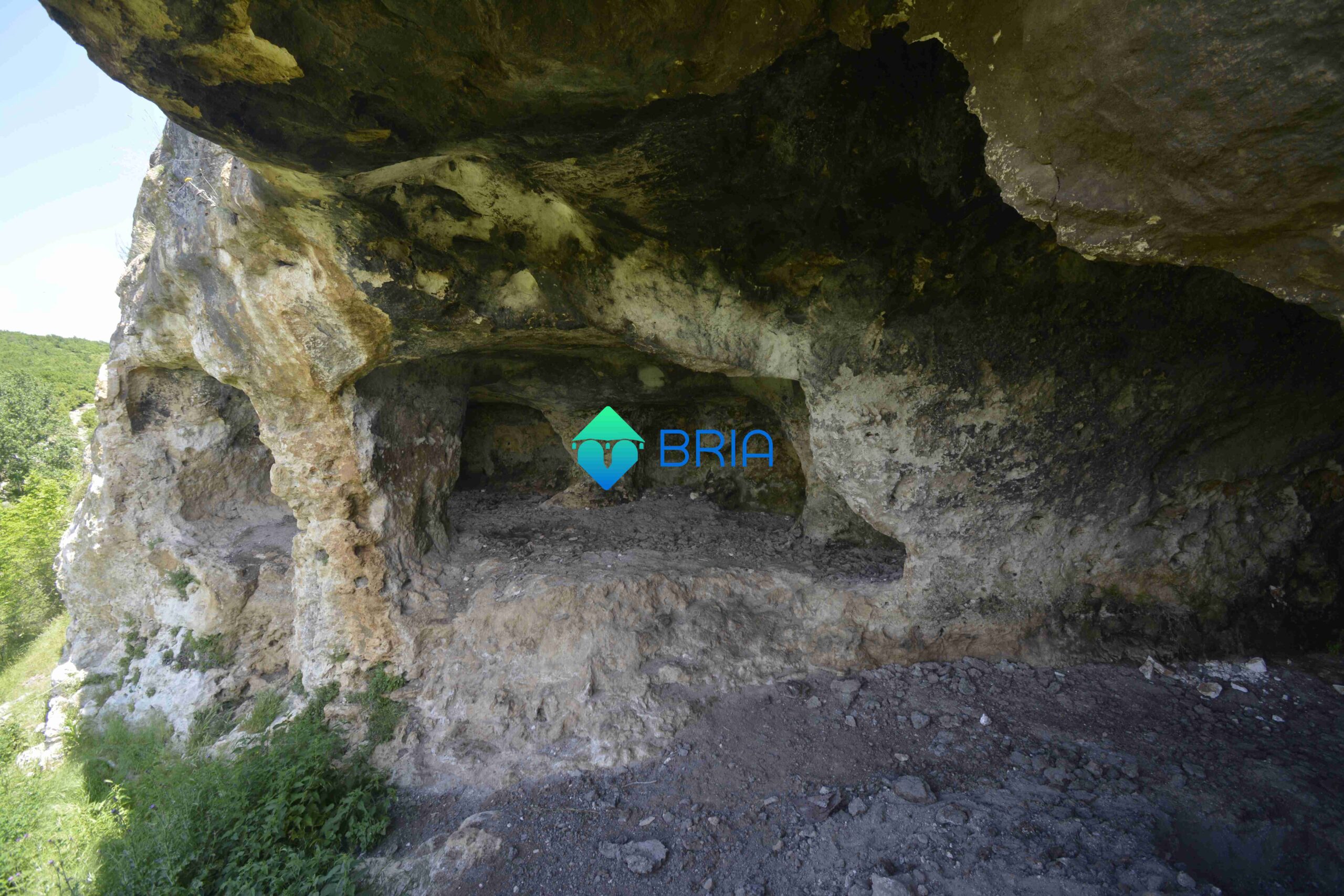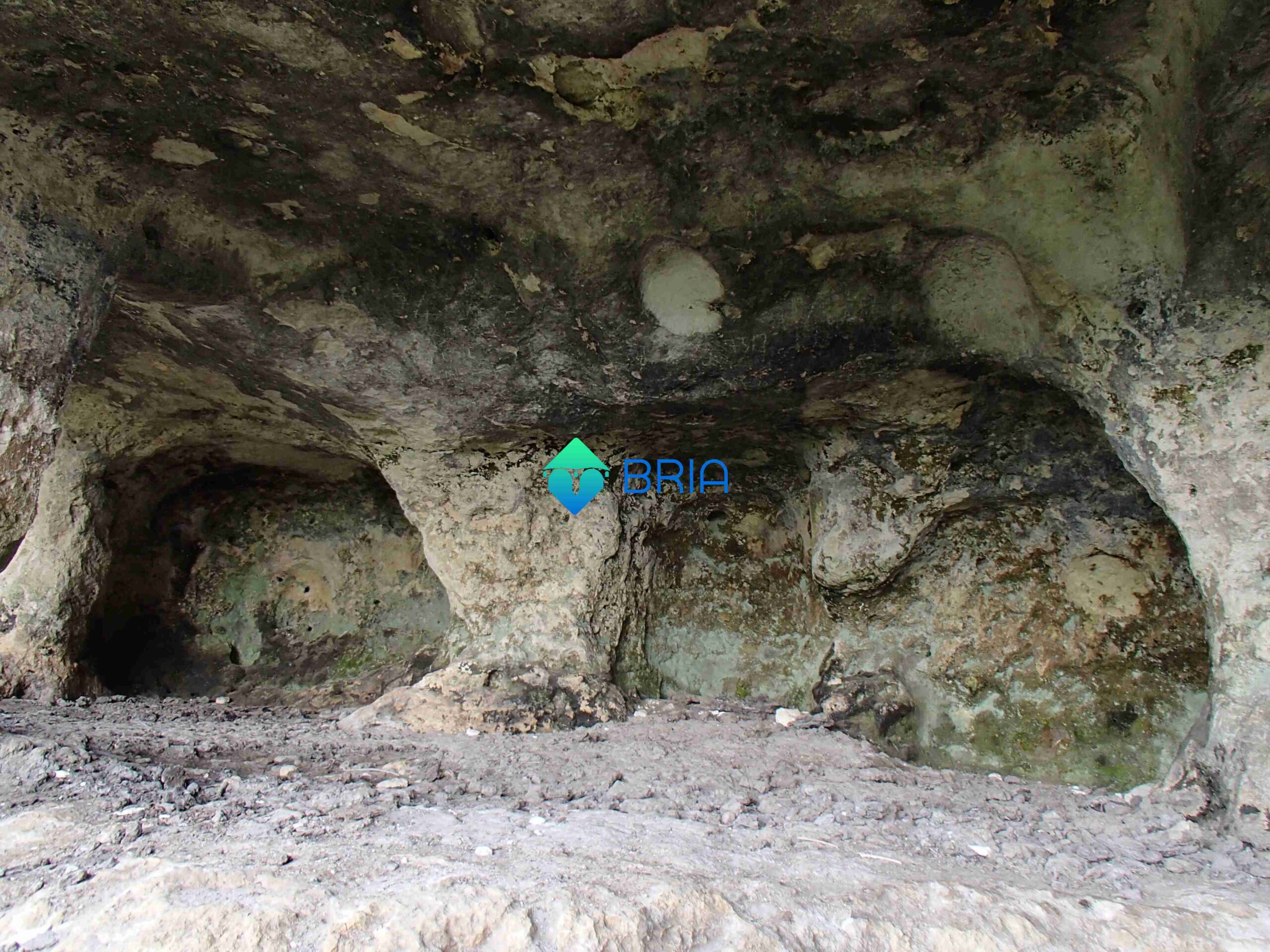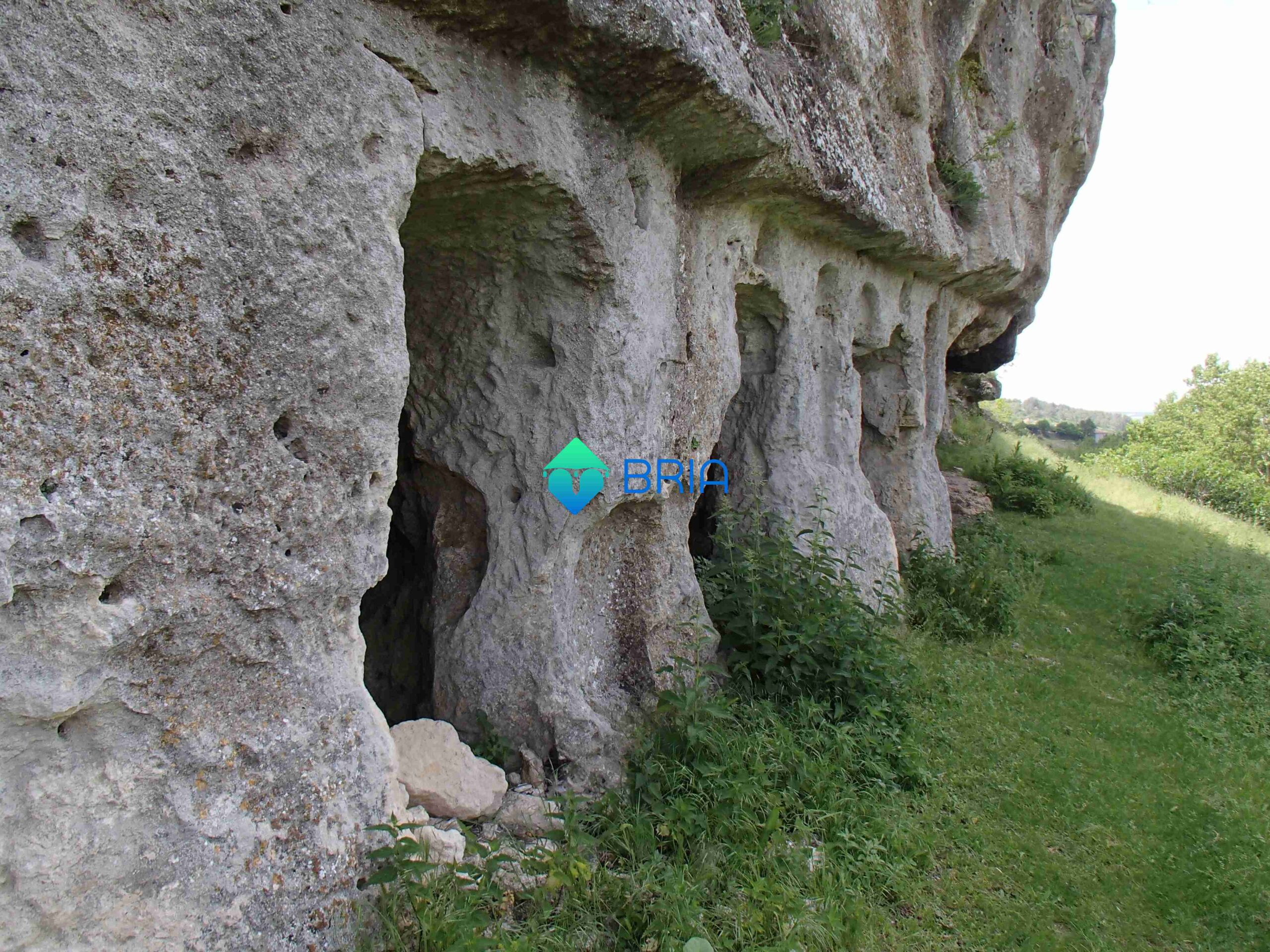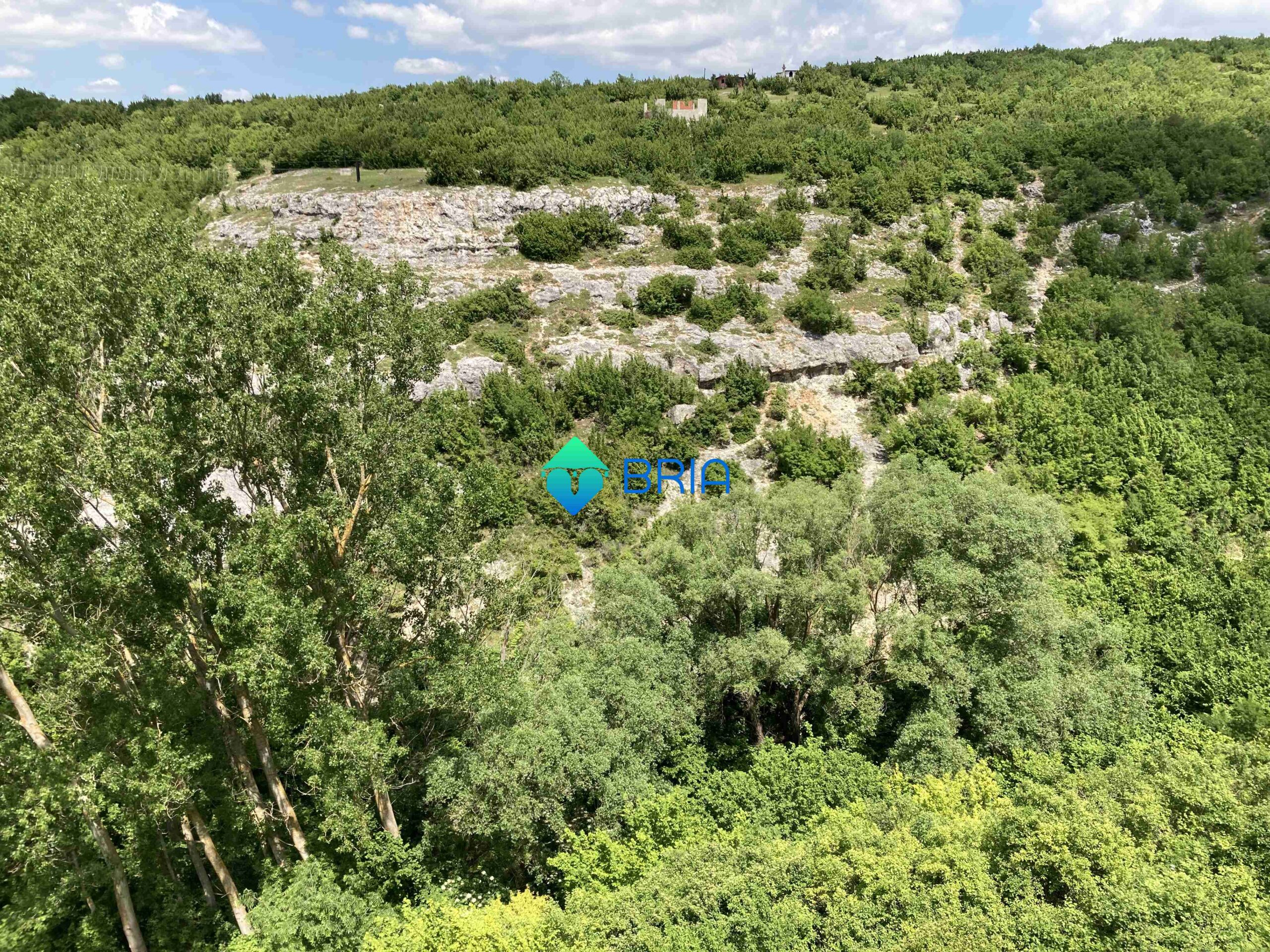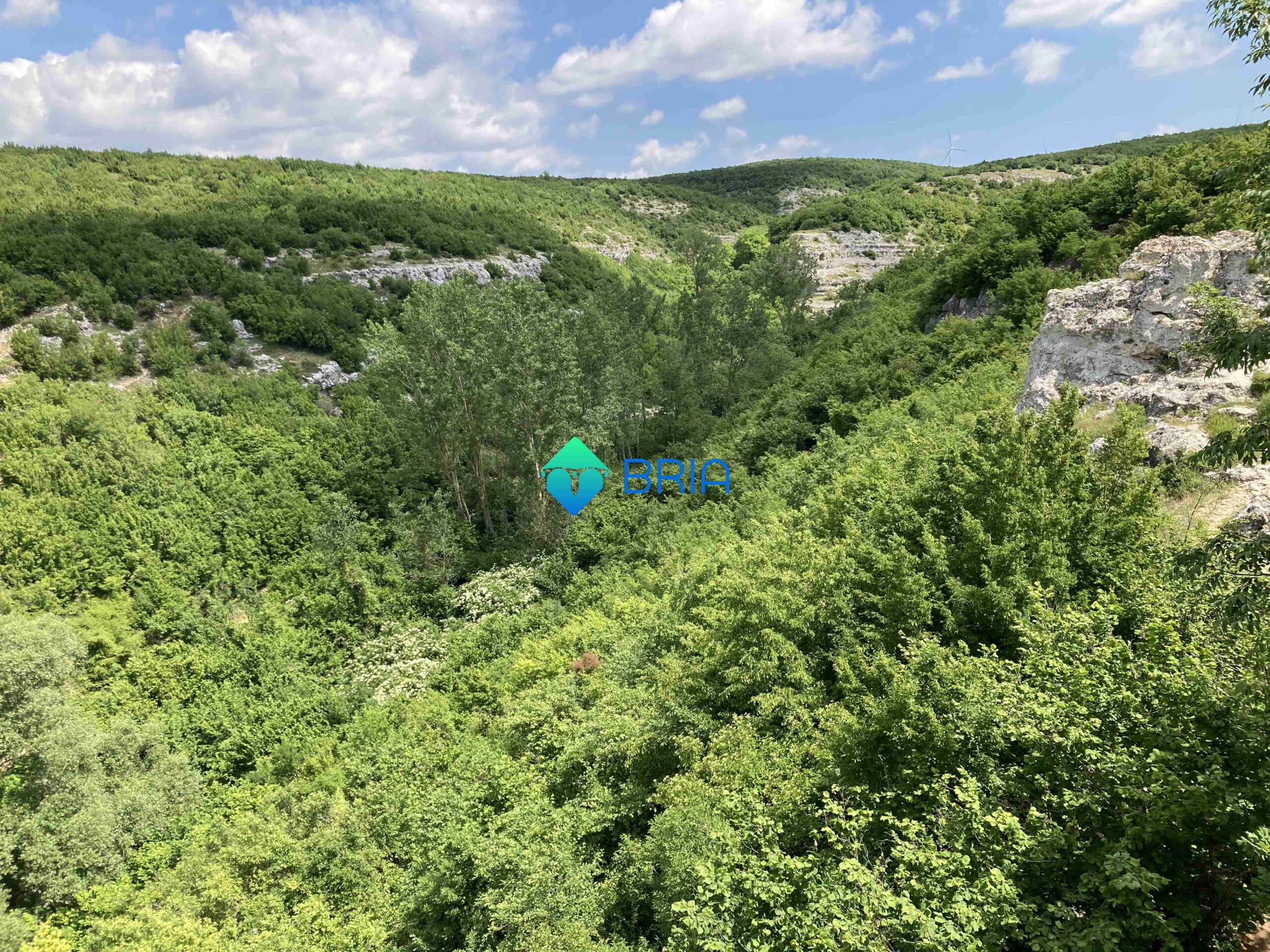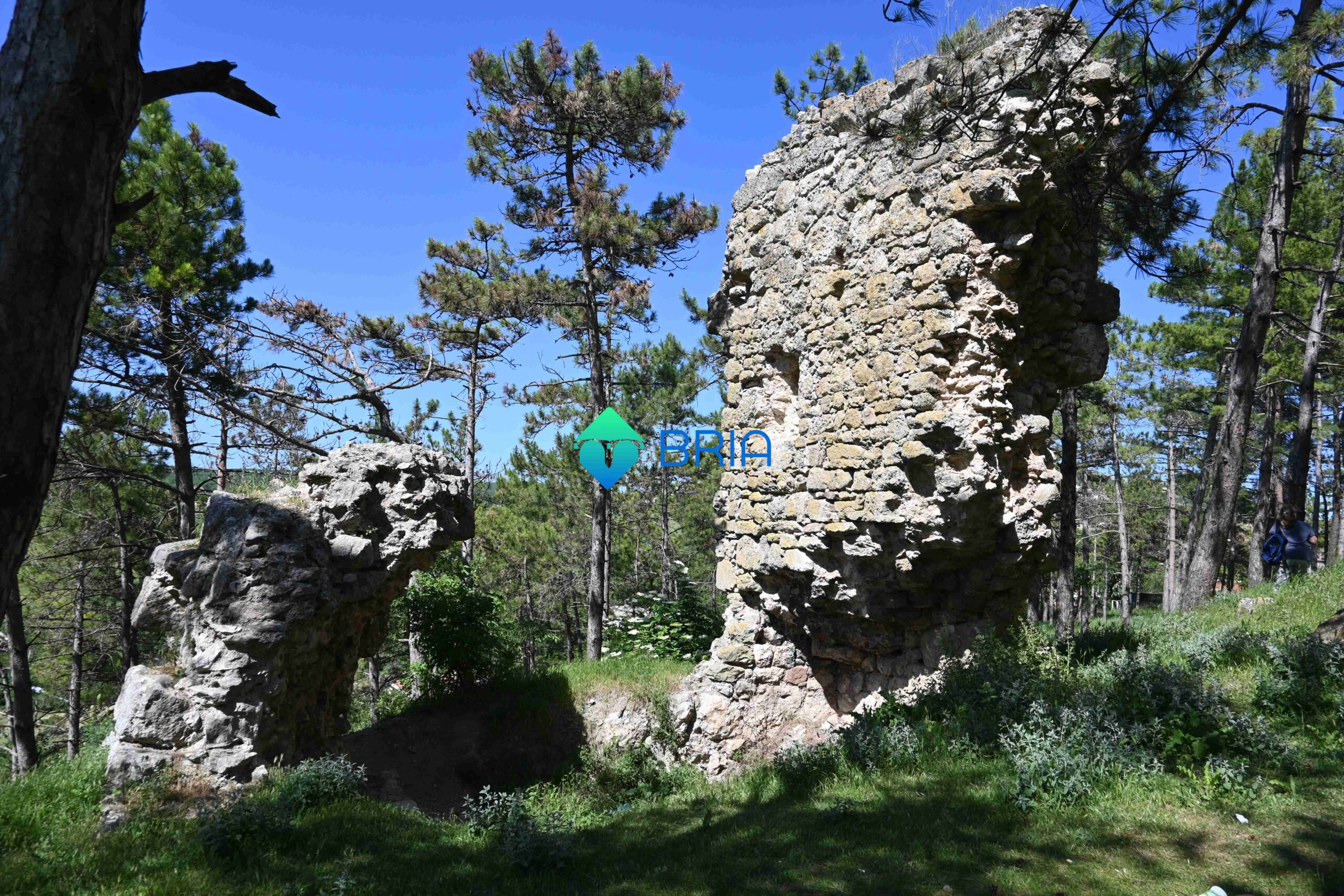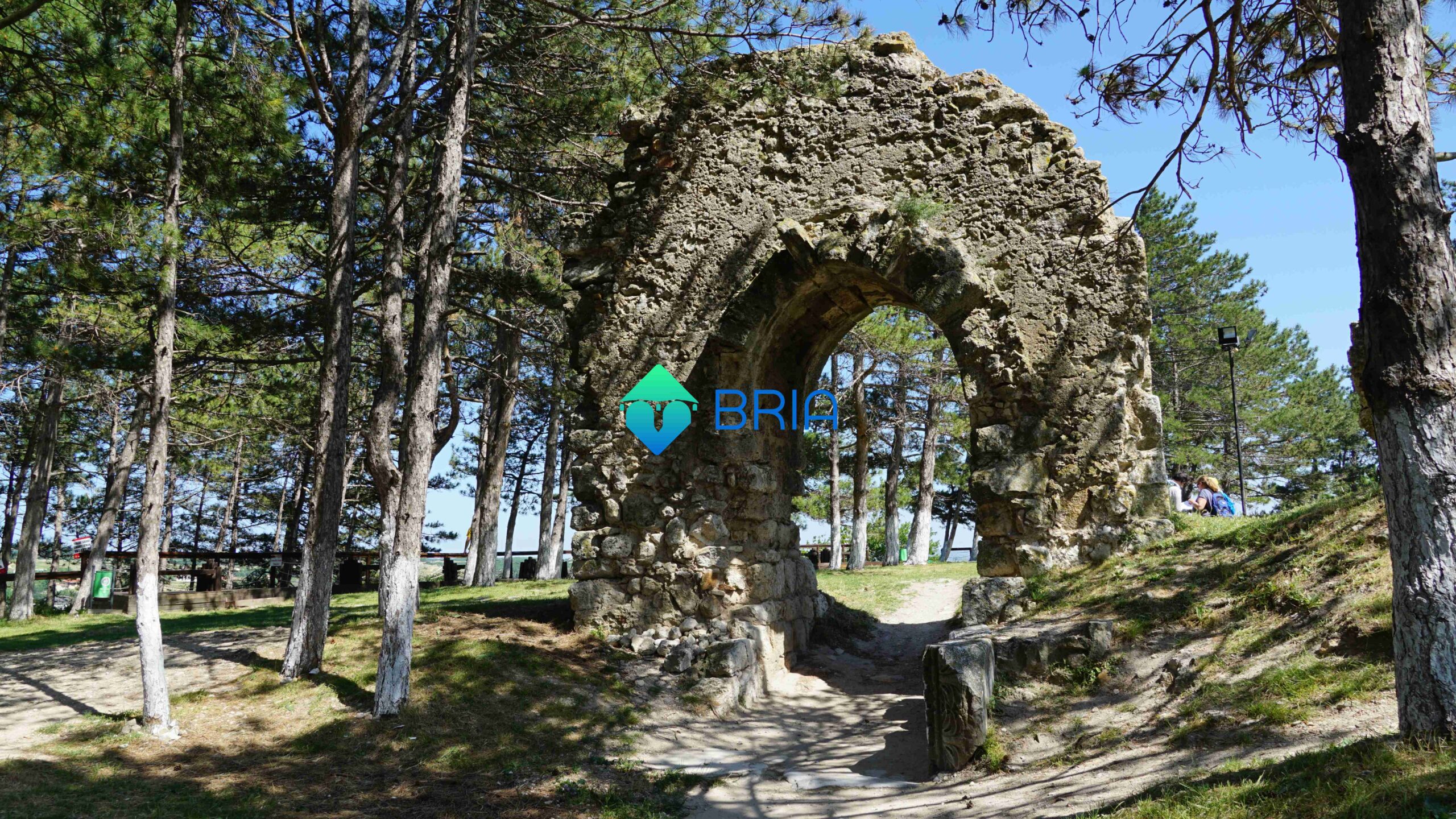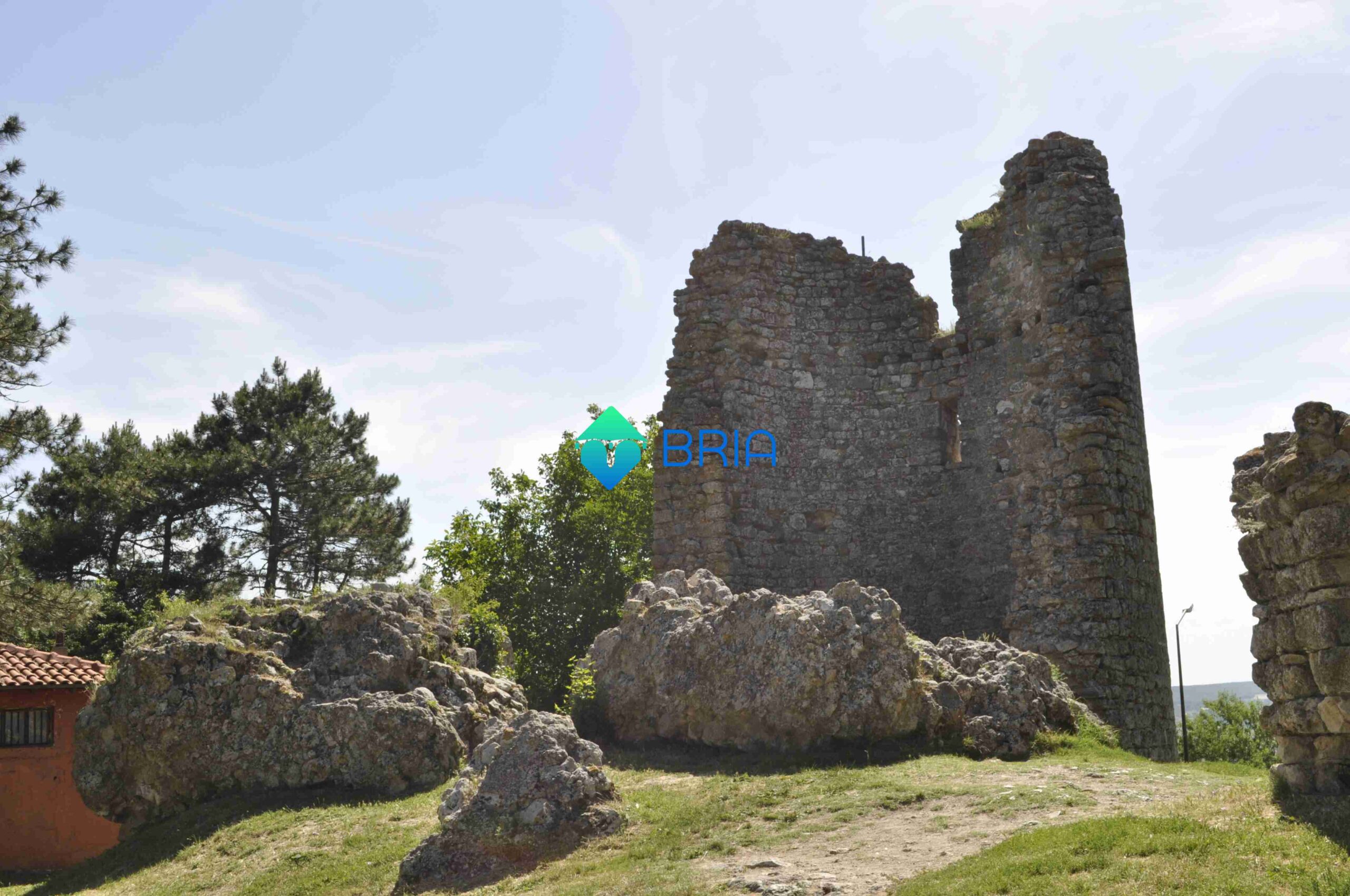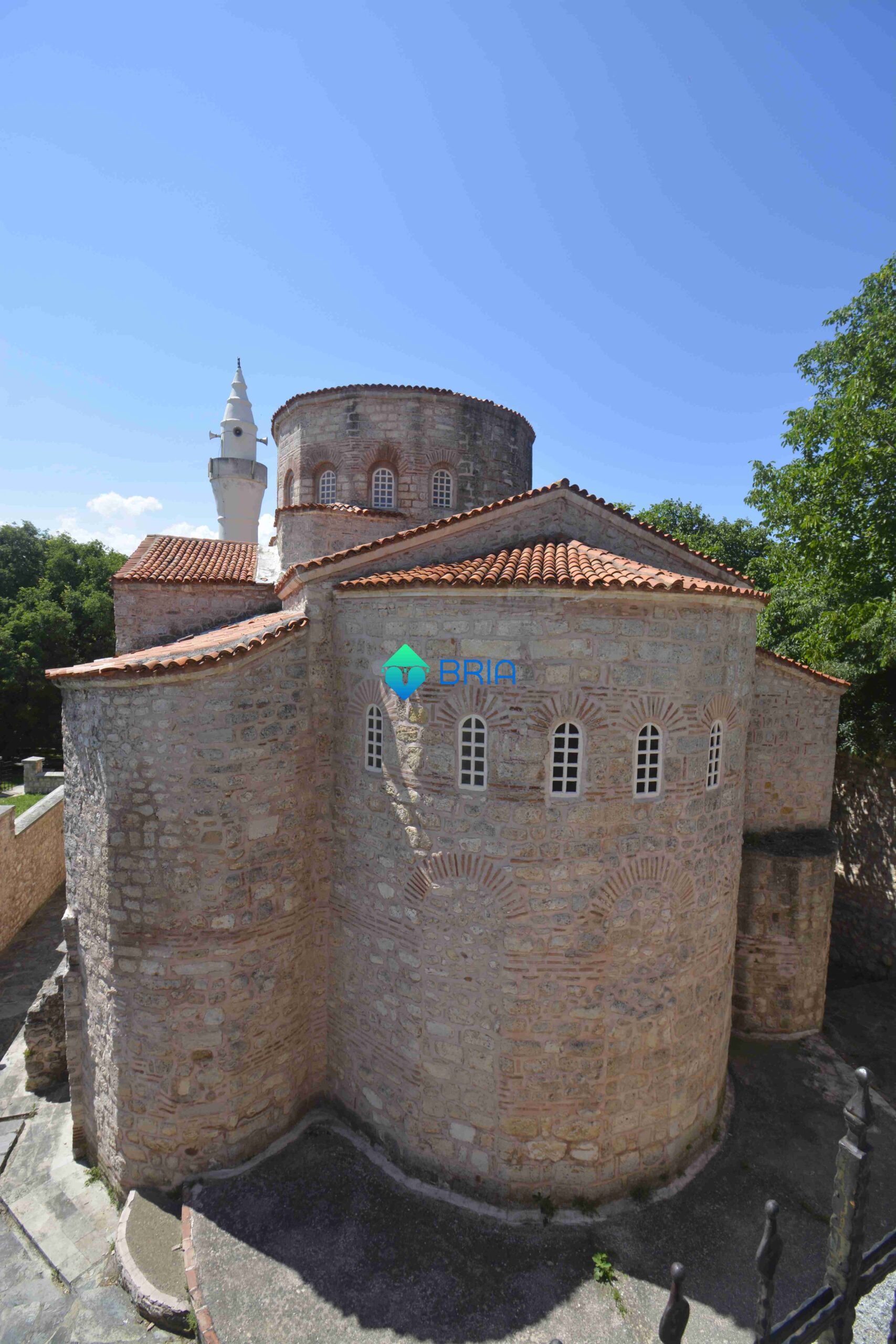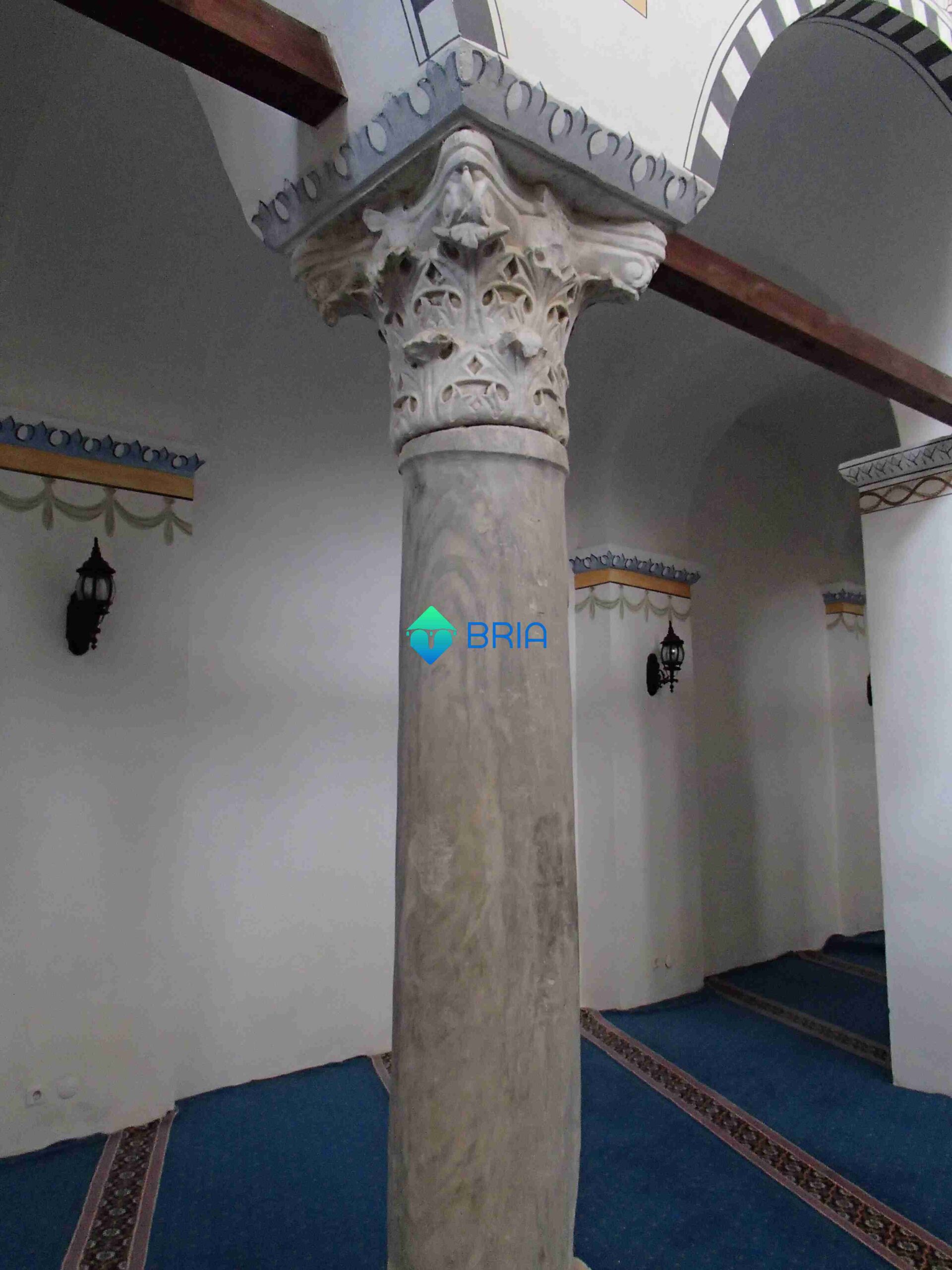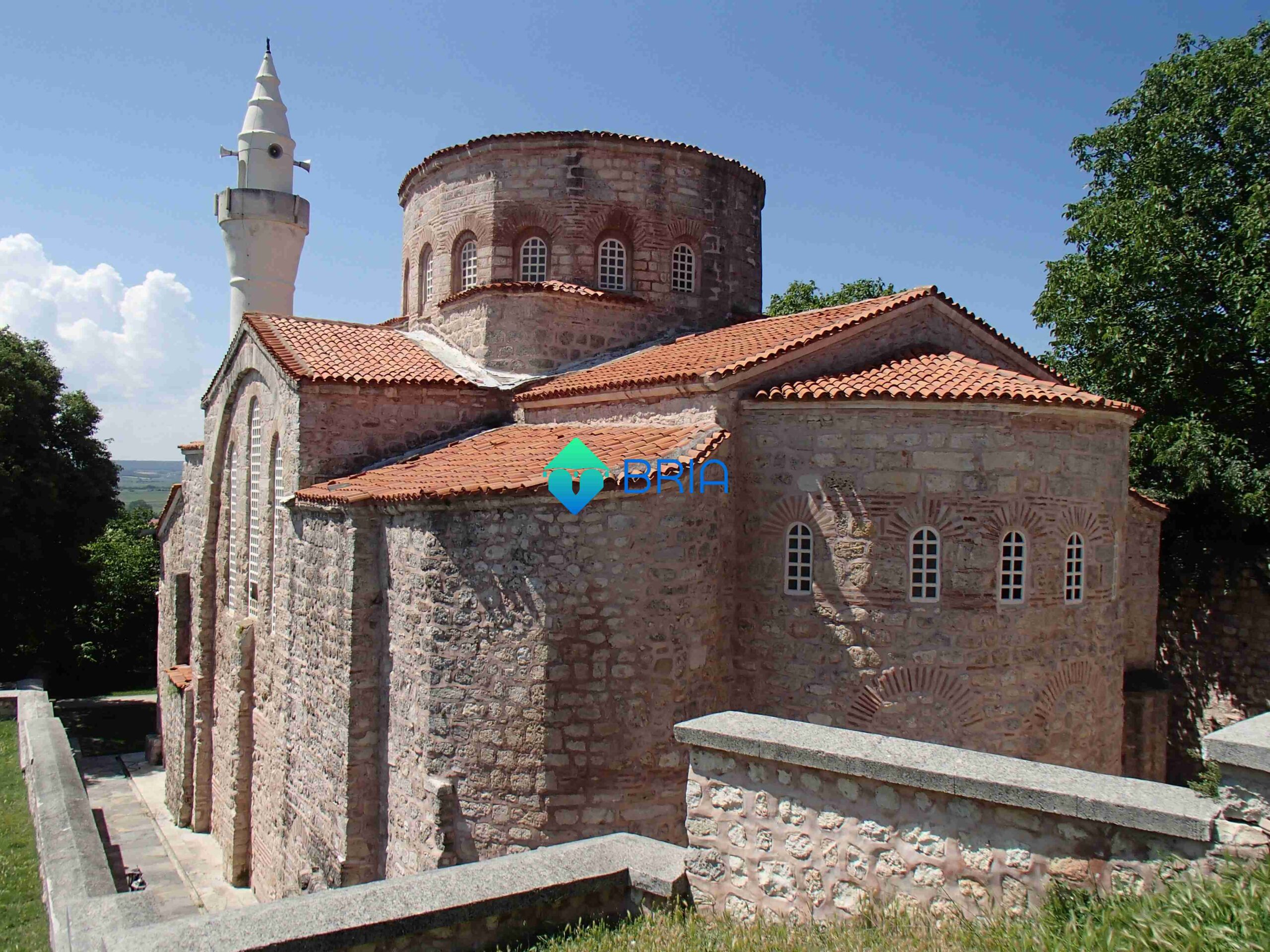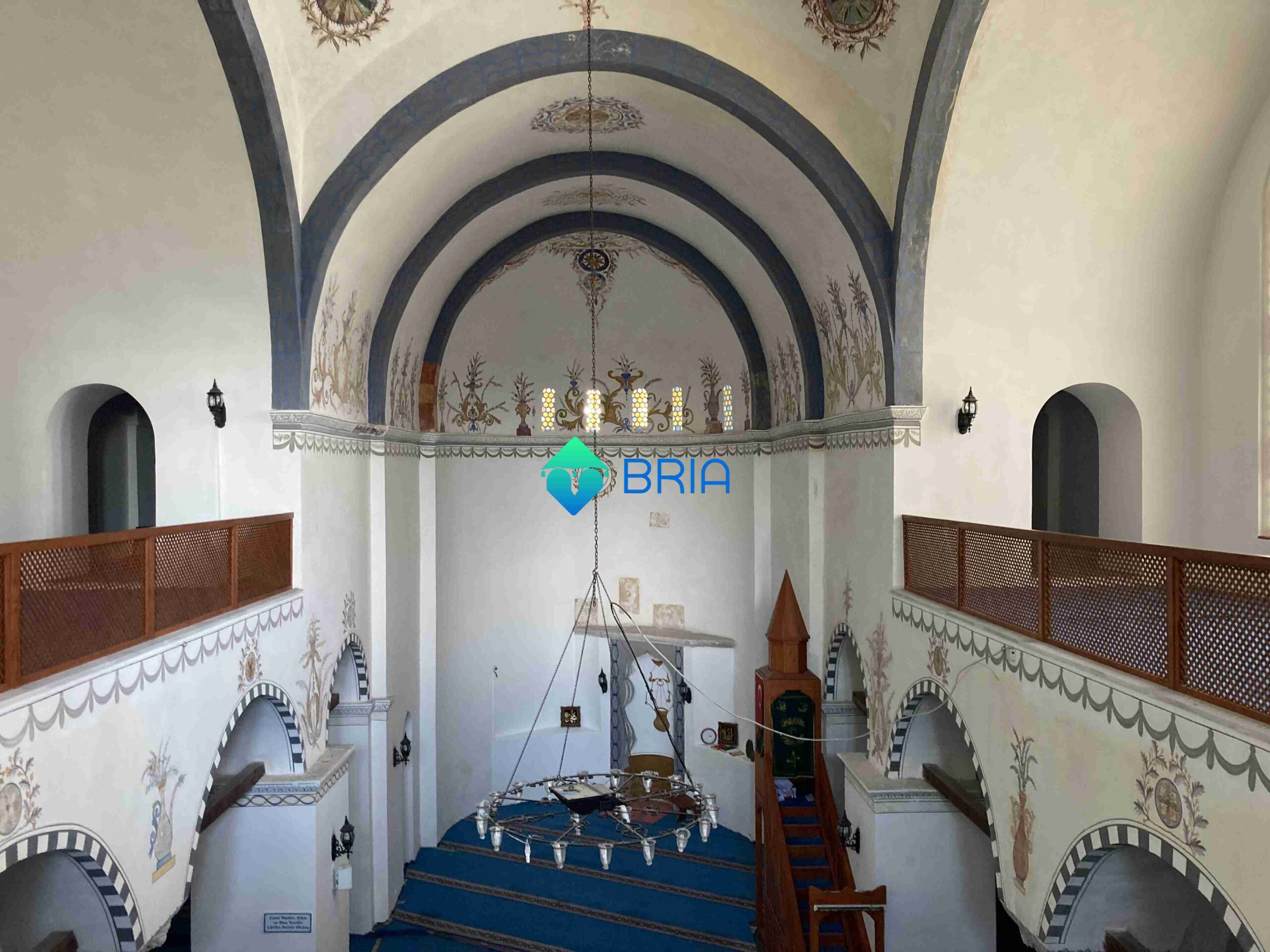Çalışkan Çiftliği
The 1.25-ha forest glade, located 2.7 km west of Medeia (Kıyıköy), houses a roughly-carved single-nave church and five rock-cut agrarian installations.
Balkaya Village (Church 1 – Church 2)
Two carved churches (one is a single-nave and the other two-aisled) are located at the southwest of the present Balkaya Village within the forestland between Bizye (Vize) and Medeia (Kıyıköy).
Asmakayalar
Asmakayalar, meaning overhanging rocks, can be identified as a lavra-type monastic settlement that covers the entire valley of a small tributary of the Ergene river, ca. 1 km northeast of Bizye. The eastern bank houses the core area, arranged in two clusters. The northern cluster consists of a small funerary chamber, a single-nave church with a relatively large narthex accommodating burial places, and adjacent living cells, while the southern cluster contains a large central church, transformed from a pre-existing natural cave, the south church with a unique design and high level of workmanship, an interconnected hermit cell, and a series of living units.
Vize (City Walls)
The surviving sections of the city walls display a multi-layered history, reflecting successive phases of restoration and rebuilding. Six different construction techniques are identified, the earliest of which is presumably from the building activity in the 2nd century CE as recorded on two dedicatory inscriptions, one found in Tzurulon (Çorlu) and the other in Burgas. The different sections of the walls and towers (pentagonal, U-shaped, circular, etc.) are attributed to the later phases in the 3rd-4th centuries, 5th century, 5th-6th centuries, 7th-9th centuries, and finally in the Late Middle Ages, primarily based on an analysis and comparison of the masonry types.
Vize (Church of Hagia Sophia)
Hagia Sophia Church, the former cathedral of Bizye, is a domed basilica preceded by a two-leveled tripartite narthex. It displays a three-aisled scheme on the ground level, surrounded by galleries on three sides; a domed cruciform design is applied in the upper structure. Neither the original dedication nor construction date of the present structure is securely known. Based on a disappeared inscription (recorded inside the naos by Georgios Lampousiades in 1920-1922), Cyril Mango identifies the church as the first burial place of St. Mary the Younger, proposing a terminus ante quem at the beginning of the 10th century.








